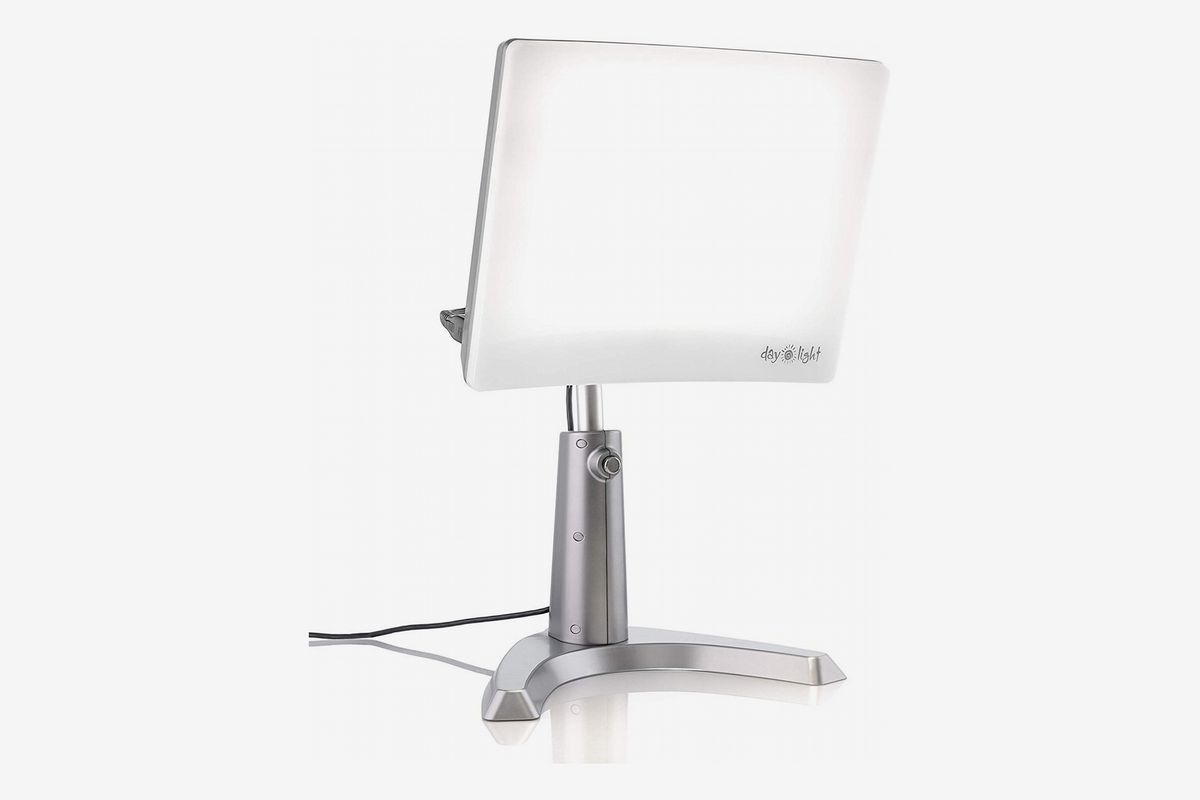If you're of the many who grapple with winter blues or seasonal affective disorder (SAD), the end of the year may harken the onset of seasonal depression. The winter season, with its shorter days and colder nights, may spur feelings of dread, fear, and isolation.
But with general awareness of the disorder and a plan to combat the accompanying blues, a brighter season is possible. Below, we've outlined contributing factors and symptoms of SAD to keep an eye out for, when and where to seek help, and suggested ways to push through the season ahead.

What causes seasonal affective disorder?
The exact cause of SAD is unknown, but contributing factors might include:
- Dips in serotonin (a mood-affecting brain chemical) caused by reduced exposure to sunlight
- Disrupted melatonin levels, which affects sleep patterns
- Affected circadian rhythm due to less exposure to sunlight
In addition to the above, modern infrastructure may be at play. Our bodies were never meant to be indoors the way modern lifestyles often demand.
From our offices to school libraries to our homes, we are exposed to low light for more hours of the day than anyone just a century ago ever was. Bright sunlight, on the other hand, signals our brain to produce a host of hormones and chemicals that keep our emotions stable, and our outlook bright.
When winter sets in, many of us experience low-level to full-blown depression, a need to isolate, and an incredible energy drain. It’s a very isolating feeling, as it pairs with this compelling sense that you must be enjoying every minute of these celebrated months. These low feelings are often clinical conditions that can dramatically interfere with emotional health before, both during and after the holidays.
Symptoms of seasonal affective disorder
Symptoms of SAD include:
- Low energy
- An increased need for sleep and naps
- Sad mood that can range from mildly down to very depressed
- Increased appetite –especially for sugar and carbohydrates
- Weight gain
- Sensitivity to rejection that is beyond your normal self
- A need to isolate
- Poor memory or slow thinking
These symptoms typically begin during the end of fall or early winter.
SAD and major depression
At its worst, seasonal mood changes can be severe enough to qualify as major depression with the above symptoms plus:
- At least two weeks of sad mood
- Hopelessness or helplessness
- Sleep disruption (too much or too little)
- Appetite changes (too hungry or not eating)
- Thoughts of not wanting to be here, be alive or thoughts to commit suicide
Risk factors of seasonal affective disorder
Risk factors of SAD to keep in mind include:
- Being female
- Being between ages 20-30 for first onset
- Personal history of depression or bipolar disorder
- Family history of depression with seasonal problems
- Cataract problems that can block the light
- Little to no sunlight exposure (working in a basement office with no light)
It used to be thought that those living in the northern hemisphere were more at risk of developing SAD, but recent studies have actually found geography not to be a significant risk factor.
Steps you can take to address seasonal affective disorder
The good news: Seasonal blues or seasonal affective disorder are treatable, and often without medication. There are several great products that can help you achieve a more stable and happy mood.
1. Purchase a Light Alarm Clock

One of the first things that can be done is to purchase a Light Alarm Clock that wakes you slowly, mimicking the natural effect of a sunrise.
They bring light into your room and as they awaken you, your body becomes used to the internal is body clock we typically ignore. It’s a natural and pleasant way to awaken.
Often these alarms are programmable to go off with sound after a designated length of time as a backup in case you are a very heavy sleeper.
2. Purchase a Light Therapy Box
Another powerful tool is called a Light Therapy Box.

These are lamps that can be as small as an iPad or large as a briefcase. They must have special, powerful light bulbs in them that reach 10,000 lux. I typically recommend my patients purchase one around September or October (but any time in winter is fine if you are experiencing symptoms).
They should be used in the early morning, every morning, and are set up at an angle to your face – do not look directly at the light!
It will give you a headache or eye strain. The light needs to be about 15-30 centimeters from your eyes and people typically start with using it for 10 minutes every morning, moving up to 30 minutes in the morning.
You can be reviewing your email, eating breakfast or really doing anything during this time as long as the light is hitting your peripheral vision at about 45 degrees. Talk with your doctor if you are on medication as some can make your eyes more sensitive to light.
3. Take daily walks for sunlight

Daily walks for up to 30 minutes can get you some of the light you need.
Even walks on a cloudy day will help your mood. Aerobic exercise, once you are up for it, can also lift your mood and push away those blues.
4. Keep up the veggies, fruits, and protein!

If you are the type to give in to those strong carbohydrate cravings, shifting your diet to a lean protein, vegetable, and fruit menu will avoid these insulin spikes and crashes that come with the white bread and sweets that are so tempting during the winter.
5. Enjoy cozy winter moments with good company

The Danish term hygge gained popularity outside of Denmark last year encompassing a way of life that embraces the long, dark, winters common in the Nordic region.
Hygge involves radically accepting the winter -getting into soft slippers, flannel blankets, drinking hot tea, and listening to gentle music.
The critical factor however, is that hygge is meant to be community based; as cozy celebrations of the dark cold days and nights are best shared with friends and family. They are intentional, mindful and close.
Being with others, personal touch, and conversation can raise our ‘love hormone’ oxytocin that in turn can bring the happy, complete feelings we often crave during the winter and in the holidays. So in addition to working on the practical parts of this plan, talk with your partner, friends or family about hygge celebration nights.
6. Talk to a medical professional
If you are experiencing severely low mood, major depression, thoughts of harming yourself or other symptoms that you can’t seem to shake, speak to your primary care doctor or reach out to a mental health professional immediately.
Seasonal blues can be mild, but they can also be very severe.
The brain is an organ – and while we can do things to treat our lungs and hearts well, we tend to have less shame about going to a doctor if those organs are not performing well and we need intervention.
Somehow, the brain and its complexity have been lost in this. It can also need a medical intervention such as medication or therapy to get it healthy again.
Just as you wouldn’t feel guilty for having asthma, seeking help for a brain that is depressed is nothing shameful and is the best way to care for our bodies.
Ready to look for a therapist to help adjust to the winter weather? Book a free initial call with a mental health provider using the links below.